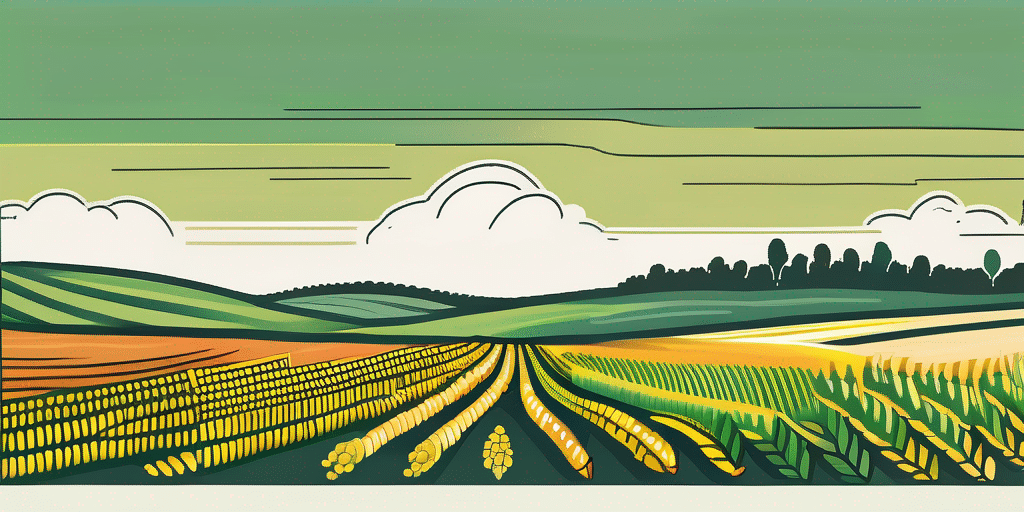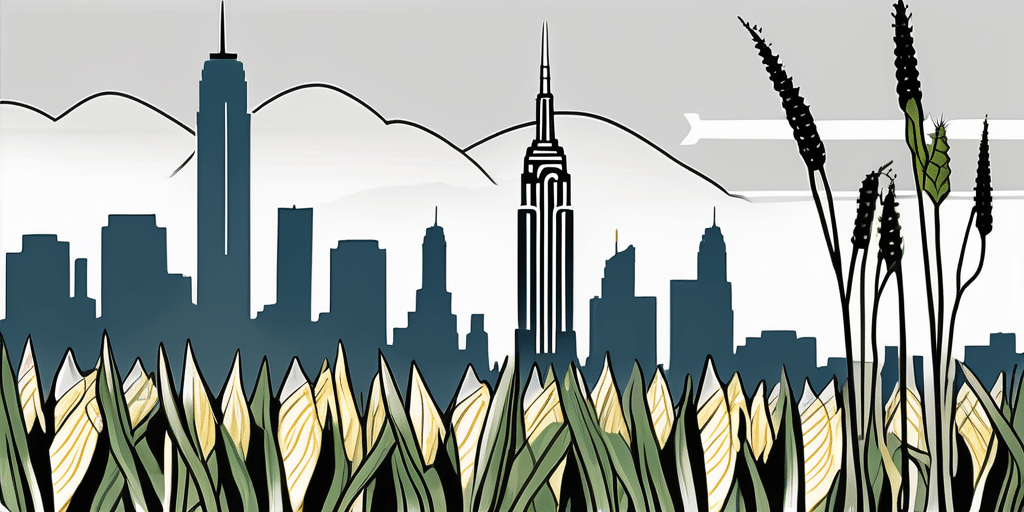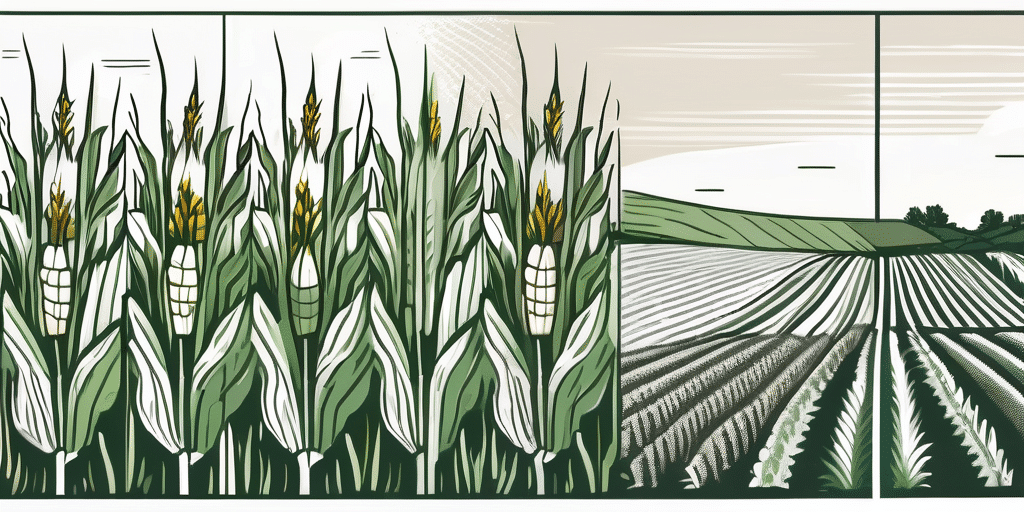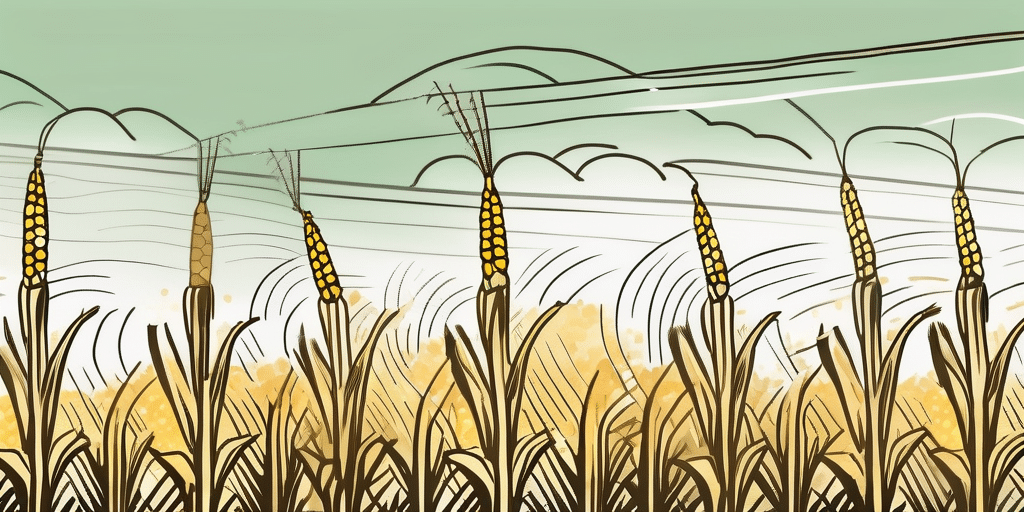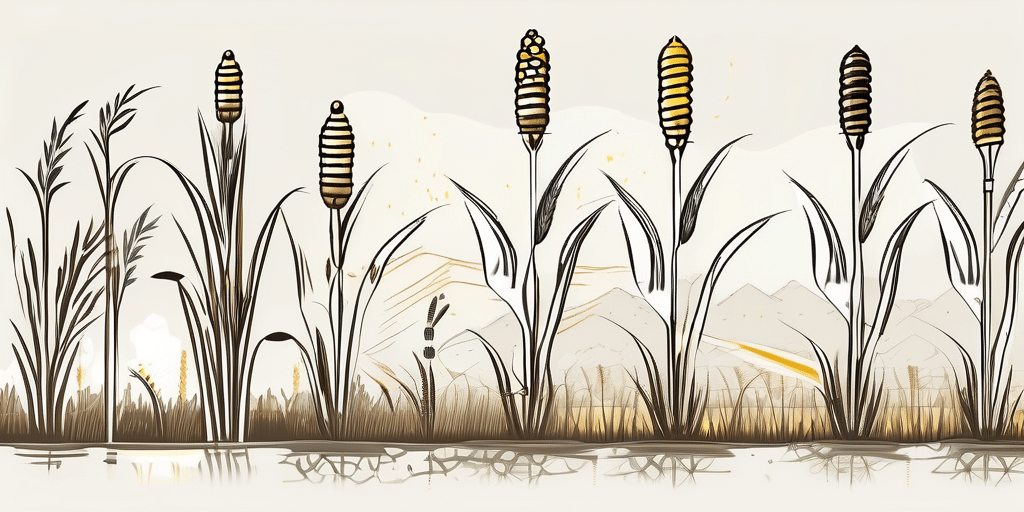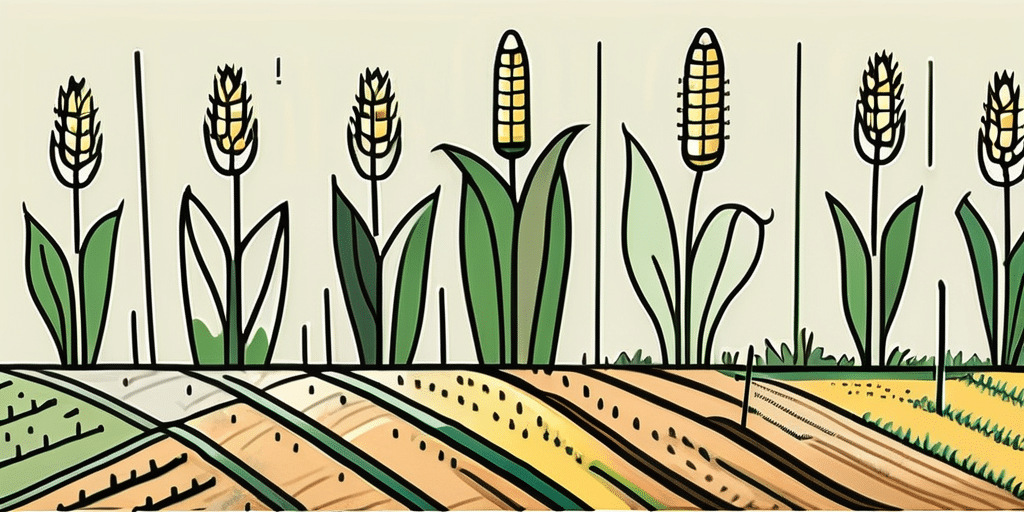Are you ready to grow your own delicious Honey Select corn in Zones 6a and 6b? With a little bit of knowledge and some careful planning, you can enjoy a bountiful harvest of this sweet and flavorful corn variety. In this article, we will go over everything you need to know about planting and growing Honey Select corn in these specific zones. So let’s dive in and get started!
Growing Honey Select Corn in Zones 6a and 6b
Honey Select corn is a hybrid variety that is well-suited for Zones 6a and 6b due to its adaptability to colder temperatures. Before we get into the specifics of when to plant and how to grow this variety, let’s first talk about the climate and hardiness in these zones.
Climate & Hardiness in Zones 6a and 6b
Zones 6a and 6b are characterized by their colder winters and mild summers. The average minimum temperature ranges from -10°F (-23°C) in Zone 6a to 0°F (-18°C) in Zone 6b. Honey Select corn can tolerate these colder temperatures, making it an ideal choice for these zones. However, it’s important to note that corn is a warm-season crop and requires a certain number of frost-free days to reach maturity.
During the colder months, the hardiness of Honey Select corn shines through. Its ability to withstand freezing temperatures allows it to survive and thrive in Zones 6a and 6b. This is particularly advantageous for gardeners in these zones, as they can enjoy the beauty and bounty of corn even in areas with harsh winters.
When to Plant Honey Select Corn in Zones 6a and 6b
Planting Honey Select corn at the right time is crucial for a successful harvest. The timing will vary slightly depending on your specific location within Zones 6a and 6b. Here are some general guidelines:
- Wait until the soil temperature has reached at least 50°F (10°C) before planting corn seeds. This usually occurs in late spring or early summer.
- Avoid planting corn too early, as it is susceptible to damage from cold soil and frost. It’s better to wait a little longer to ensure warmer soil temperatures.
- Consider using a soil thermometer to accurately measure the temperature before planting.
- Plant the seeds in rows, spacing them about 12-18 inches apart. Aim for a seed depth of around 1-2 inches.
- Ensure that the soil is well-drained and has adequate fertility for optimal growth.
When it comes to planting Honey Select corn, precision is key. By following these guidelines, you can ensure that your corn seeds have the best possible start, setting the stage for a bountiful harvest.
When to Harvest or Pick Honey Select Corn in Zones 6a and 6b
Now comes the exciting part – harvest time! Honey Select corn typically takes around 70-90 days to reach maturity, depending on growing conditions and specific variety. Here are some signs that your corn is ready to be picked:
- Check the ears of corn for plump, well-filled kernels. They should feel firm to the touch.
- Peel back a small section of the husk and examine the kernels. They should be fully formed and have a milky appearance. If they appear watery or apear to be dry, the corn is not yet ready.
- Keep an eye on the color of the silks. When they turn brown, it’s a good indication that the corn is close to being ripe.
- For the sweetest and most flavorful corn, harvest in the morning when sugar levels are highest.
- To harvest, hold the stalk firmly and twist the ear downward, or use a sharp knife to cut it off at the base. Avoid pulling the corn, as this can cause damage to the plant.
Harvesting Honey Select corn is a rewarding experience. As you savor the taste of the freshly picked corn, you’ll appreciate the effort and care that went into growing this delectable crop. So, get ready to enjoy the fruits of your labor and share the bounty with friends and family!
Frequently Asked Questions
Question: Can Honey Select corn be grown in containers?
Answer: While it is possible to grow Honey Select corn in containers, it is generally not recommended. Corn has deep root systems, which makes it challenging to provide enough space and nutrients in a container environment. It is best suited for growing directly in the ground.
However, if you still wish to grow Honey Select corn in containers, there are some tips to keep in mind. Choose a large container with a minimum depth of 12-14 inches to accommodate the corn’s roots. Ensure the container has good drainage to prevent waterlogging, and use a high-quality potting mix rich in organic matter. Regularly fertilize the corn with a balanced fertilizer to make up for the limited nutrients in the container environment.
Question: How do I prevent pests from damaging my Honey Select corn?
Answer: Pests such as corn earworms and raccoons can be a common problem when growing corn. To protect your plants, consider implementing the following measures:
- Plant corn in blocks rather than single rows, as this reduces the risk of cross-pollination and attracts fewer pests.
- Use natural pest control methods, such as companion planting with marigold or planting trap crops to lure pests away.
- Consider using physical barriers, like netting or scare devices, to deter animals from accessing your corn.
- Regularly inspect your plants for any signs of pests or damage, and take appropriate action if necessary.
By following these guidelines and keeping an eye on your plants, you can enjoy a successful harvest of Honey Select corn in Zones 6a and 6b. Remember to always consult reliable sources and adapt your gardening practices to your specific local conditions. Happy growing!
Additionally, it’s worth noting that corn is a heavy feeder and requires consistent watering, especially during the critical stages of tasseling and silking. Providing a steady supply of water will help prevent stress on the plants, leading to healthier growth and higher yields. Mulching around the base of the corn plants can also help retain soil moisture and suppress weed growth, further aiding in the overall health of your crop.
Join the How to Grow Everything Community
Ready to take your gardening skills to the next level? Subscribe for free to How to Grow Everything and unlock a treasure trove of expert knowledge tailored to your grow zone, experience, and interests. Whether you’re dreaming of a lush vegetable garden or a vibrant flower bed, we’re here to help you build the garden of your dreams. Receive personalized advice, exclusive tips, and special offers, all delivered straight to your inbox. Join our family of passionate gardeners and start growing your everything today!

